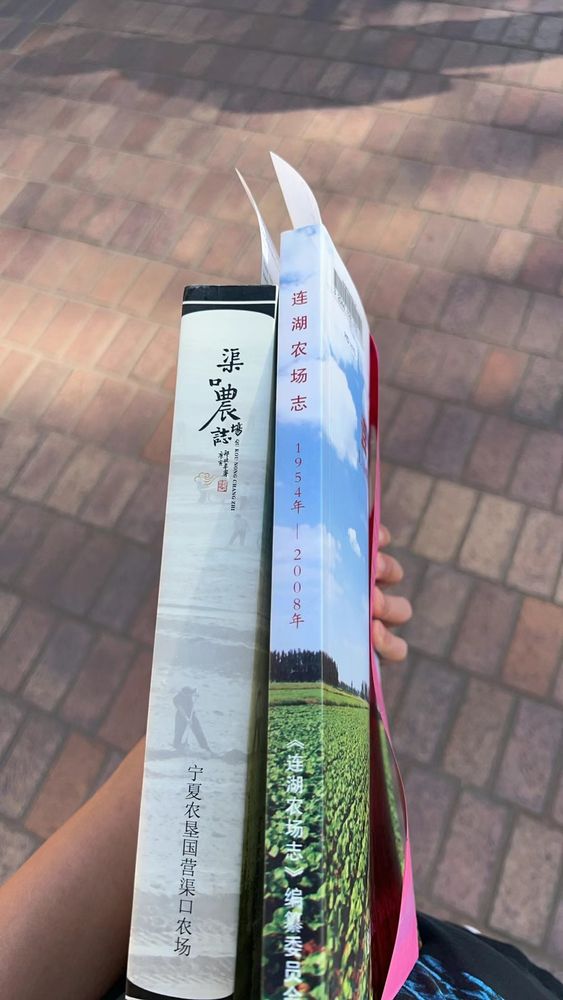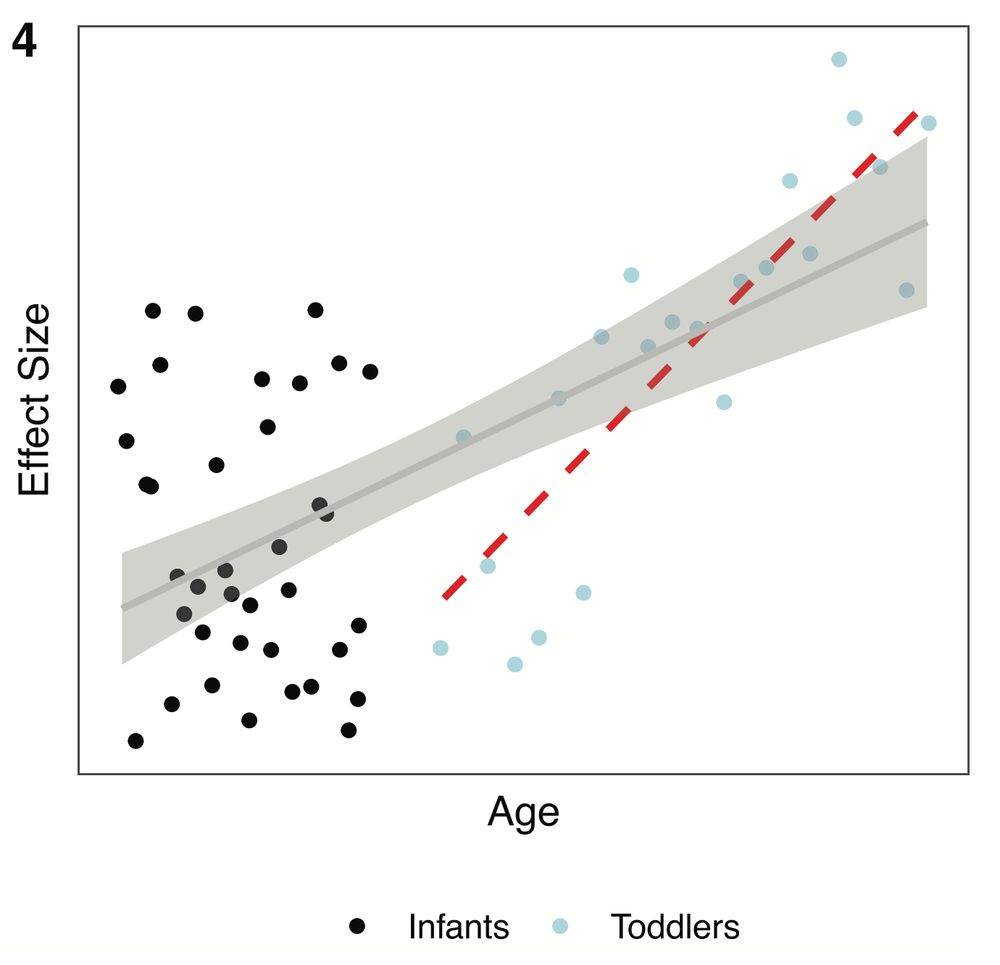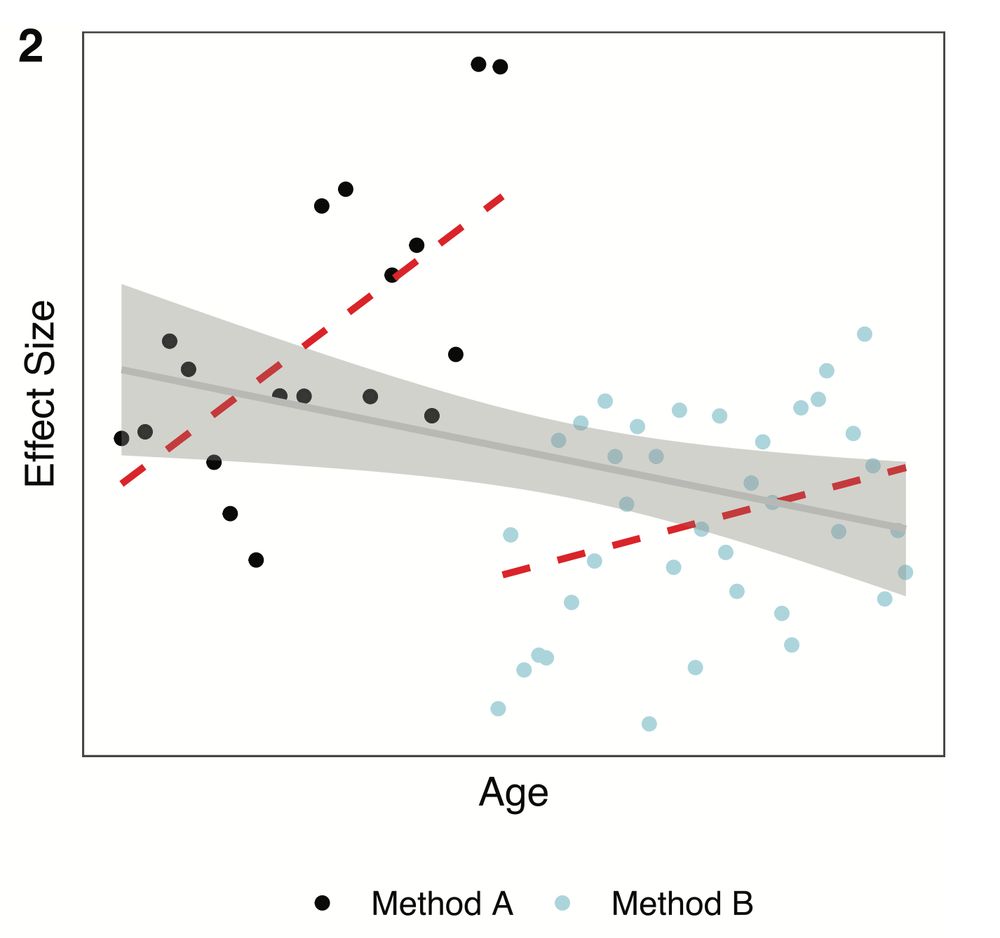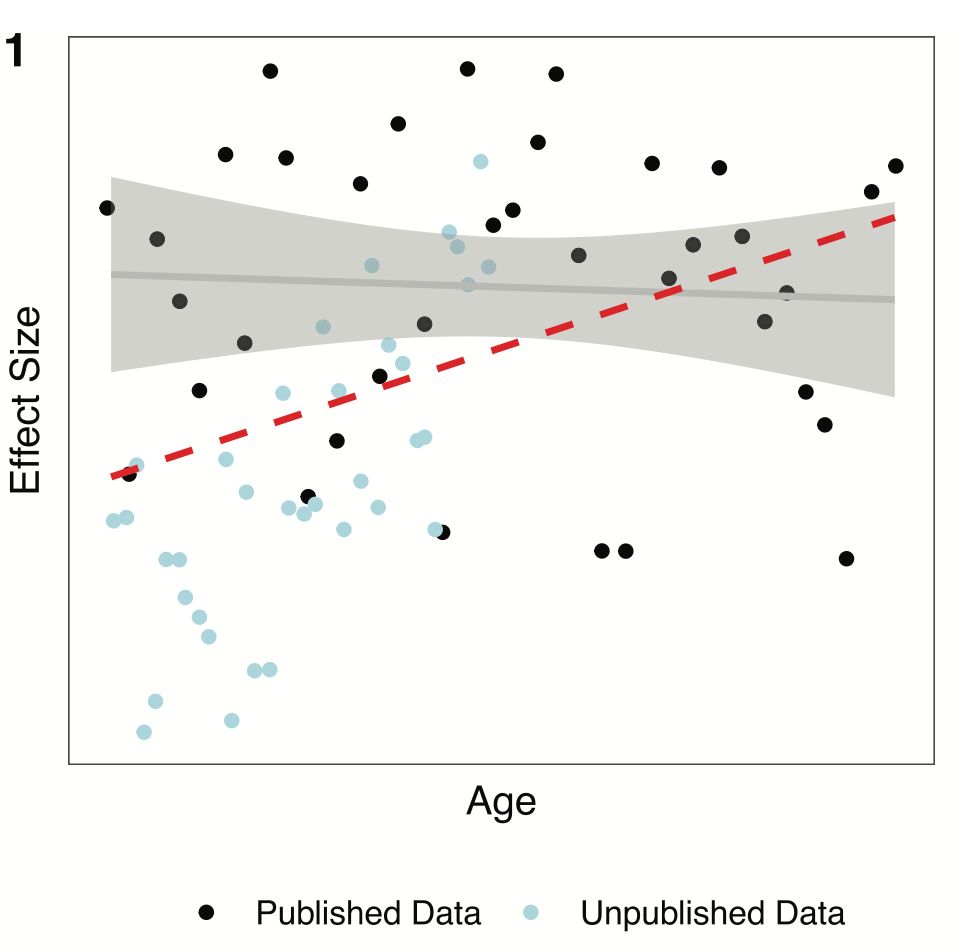anjie cao | 曹安洁
@anjiecao.bsky.social
(retired) Psychology PhD student at Stanford
Co-founder & Host of Stanford Psychology Podcast
CMU alum
Co-founder & Host of Stanford Psychology Podcast
CMU alum
oh I didn't know about this! Thank you for letting me know!
October 23, 2025 at 4:31 PM
oh I didn't know about this! Thank you for letting me know!
9/
Special thanks to @thomastalhelm.bsky.social for many thoughtful feedback and conversations. Also thanks to suggestions from @nicholascoles.bsky.social , Xueguang Zhou, Hazel Markus, and members of Culture Lab :)
Special thanks to @thomastalhelm.bsky.social for many thoughtful feedback and conversations. Also thanks to suggestions from @nicholascoles.bsky.social , Xueguang Zhou, Hazel Markus, and members of Culture Lab :)
October 22, 2025 at 5:18 PM
9/
Special thanks to @thomastalhelm.bsky.social for many thoughtful feedback and conversations. Also thanks to suggestions from @nicholascoles.bsky.social , Xueguang Zhou, Hazel Markus, and members of Culture Lab :)
Special thanks to @thomastalhelm.bsky.social for many thoughtful feedback and conversations. Also thanks to suggestions from @nicholascoles.bsky.social , Xueguang Zhou, Hazel Markus, and members of Culture Lab :)
8/
So, rice theory is a cool idea. But we’re not so sure these two farms give us a clean causal test.
Thanks for reading! And now… I’m craving rice snacks. Strongly recommend these, 10/10 🍘
(It says Milk but it's 56% rice)
So, rice theory is a cool idea. But we’re not so sure these two farms give us a clean causal test.
Thanks for reading! And now… I’m craving rice snacks. Strongly recommend these, 10/10 🍘
(It says Milk but it's 56% rice)

October 22, 2025 at 5:18 PM
8/
So, rice theory is a cool idea. But we’re not so sure these two farms give us a clean causal test.
Thanks for reading! And now… I’m craving rice snacks. Strongly recommend these, 10/10 🍘
(It says Milk but it's 56% rice)
So, rice theory is a cool idea. But we’re not so sure these two farms give us a clean causal test.
Thanks for reading! And now… I’m craving rice snacks. Strongly recommend these, 10/10 🍘
(It says Milk but it's 56% rice)
7/
And the two farms weren’t identical socially, either. Lianhu (rice) had stronger military roots. You can even glimpse their cultural difference in how they kept records. Lianhu documented every single year; Qukou only every five. At least in the farm chronicles.
And the two farms weren’t identical socially, either. Lianhu (rice) had stronger military roots. You can even glimpse their cultural difference in how they kept records. Lianhu documented every single year; Qukou only every five. At least in the farm chronicles.
October 22, 2025 at 5:18 PM
7/
And the two farms weren’t identical socially, either. Lianhu (rice) had stronger military roots. You can even glimpse their cultural difference in how they kept records. Lianhu documented every single year; Qukou only every five. At least in the farm chronicles.
And the two farms weren’t identical socially, either. Lianhu (rice) had stronger military roots. You can even glimpse their cultural difference in how they kept records. Lianhu documented every single year; Qukou only every five. At least in the farm chronicles.
6/
What I found was surprising: both farms actually grew both rice and wheat. Sometimes in similar proportions.
By the 1970s (when most participants were born), Lianhu, the “rice” farm, was mostly growing dryland crops.
(Yes I did enter all the datapoints from the book and ggplot it)
What I found was surprising: both farms actually grew both rice and wheat. Sometimes in similar proportions.
By the 1970s (when most participants were born), Lianhu, the “rice” farm, was mostly growing dryland crops.
(Yes I did enter all the datapoints from the book and ggplot it)

October 22, 2025 at 5:18 PM
6/
What I found was surprising: both farms actually grew both rice and wheat. Sometimes in similar proportions.
By the 1970s (when most participants were born), Lianhu, the “rice” farm, was mostly growing dryland crops.
(Yes I did enter all the datapoints from the book and ggplot it)
What I found was surprising: both farms actually grew both rice and wheat. Sometimes in similar proportions.
By the 1970s (when most participants were born), Lianhu, the “rice” farm, was mostly growing dryland crops.
(Yes I did enter all the datapoints from the book and ggplot it)
5/
Beyond stats, there’s also history. I got curious about the farms themselves and hunted down the primary sources: the farm chronicles.
Thanks to interlibrary loan, Harvard mailed me two actual physical copies across the country (!). TWICE (😅sorry I'm slow and they won't extend my loan).
Beyond stats, there’s also history. I got curious about the farms themselves and hunted down the primary sources: the farm chronicles.
Thanks to interlibrary loan, Harvard mailed me two actual physical copies across the country (!). TWICE (😅sorry I'm slow and they won't extend my loan).

October 22, 2025 at 5:18 PM
5/
Beyond stats, there’s also history. I got curious about the farms themselves and hunted down the primary sources: the farm chronicles.
Thanks to interlibrary loan, Harvard mailed me two actual physical copies across the country (!). TWICE (😅sorry I'm slow and they won't extend my loan).
Beyond stats, there’s also history. I got curious about the farms themselves and hunted down the primary sources: the farm chronicles.
Thanks to interlibrary loan, Harvard mailed me two actual physical copies across the country (!). TWICE (😅sorry I'm slow and they won't extend my loan).
4/
We found only one of the three psychological measures (Self-Inflation) was robust, showing consistent results across all specifications. The others were sensitive to the specification of the model.
We found only one of the three psychological measures (Self-Inflation) was robust, showing consistent results across all specifications. The others were sensitive to the specification of the model.

October 22, 2025 at 5:18 PM
4/
We found only one of the three psychological measures (Self-Inflation) was robust, showing consistent results across all specifications. The others were sensitive to the specification of the model.
We found only one of the three psychological measures (Self-Inflation) was robust, showing consistent results across all specifications. The others were sensitive to the specification of the model.
3/
Consistent with rice theory, the rice farmers turned out to be more “collectivistic” than the wheat farmers.
But we took a closer look. Since the analyses weren’t preregistered, we decided to test robustness using a multiverse analysis: rerunning all possible versions of their models.
Consistent with rice theory, the rice farmers turned out to be more “collectivistic” than the wheat farmers.
But we took a closer look. Since the analyses weren’t preregistered, we decided to test robustness using a multiverse analysis: rerunning all possible versions of their models.
October 22, 2025 at 5:18 PM
3/
Consistent with rice theory, the rice farmers turned out to be more “collectivistic” than the wheat farmers.
But we took a closer look. Since the analyses weren’t preregistered, we decided to test robustness using a multiverse analysis: rerunning all possible versions of their models.
Consistent with rice theory, the rice farmers turned out to be more “collectivistic” than the wheat farmers.
But we took a closer look. Since the analyses weren’t preregistered, we decided to test robustness using a multiverse analysis: rerunning all possible versions of their models.
2/
In Talhelm & Dong (2024), they picked a fascinating case: two state farms in China, one designated for rice, the other for wheat. Young people from the cities were basically randomly assigned to these farms. So voilà, quasi-random rice vs. wheat farming!
In Talhelm & Dong (2024), they picked a fascinating case: two state farms in China, one designated for rice, the other for wheat. Young people from the cities were basically randomly assigned to these farms. So voilà, quasi-random rice vs. wheat farming!

October 22, 2025 at 5:18 PM
2/
In Talhelm & Dong (2024), they picked a fascinating case: two state farms in China, one designated for rice, the other for wheat. Young people from the cities were basically randomly assigned to these farms. So voilà, quasi-random rice vs. wheat farming!
In Talhelm & Dong (2024), they picked a fascinating case: two state farms in China, one designated for rice, the other for wheat. Young people from the cities were basically randomly assigned to these farms. So voilà, quasi-random rice vs. wheat farming!
Thank you Caroline :)
May 13, 2025 at 4:44 PM
Thank you Caroline :)
This of course did not mean that children were not getting better with age — but we hope this (somewhat) surprising finding can highlight the need for more robust reporting standards and more large-scale multi-laboratory projects (like ManyBabies!) (9/9)
May 12, 2025 at 5:51 PM
This of course did not mean that children were not getting better with age — but we hope this (somewhat) surprising finding can highlight the need for more robust reporting standards and more large-scale multi-laboratory projects (like ManyBabies!) (9/9)
We investigated each hypothesis, but found none of these explained the lack of age-related growth in most datasets! (8/9)
May 12, 2025 at 5:51 PM
We investigated each hypothesis, but found none of these explained the lack of age-related growth in most datasets! (8/9)
Hypothesis 4: Positive growth only after infancy. Maybe developmental changes were only observable after some age (e.g. in toddlerhood??) (7/9)

May 12, 2025 at 5:51 PM
Hypothesis 4: Positive growth only after infancy. Maybe developmental changes were only observable after some age (e.g. in toddlerhood??) (7/9)
Hypothesis 3: Change in only a subset of conditions. Maybe developmental changes were only supposed to be observed in some specific conditions? (6/9)

May 12, 2025 at 5:51 PM
Hypothesis 3: Change in only a subset of conditions. Maybe developmental changes were only supposed to be observed in some specific conditions? (6/9)
Hypothesis 2: Methodological adaptation for older infants. Maybe studies testing older infants were using more difficult methods? (5/9)

May 12, 2025 at 5:51 PM
Hypothesis 2: Methodological adaptation for older infants. Maybe studies testing older infants were using more difficult methods? (5/9)
Hypothesis 1: Age related selection bias against young children. Maybe studies testing younger infants were more likely to have publication bias? (4/9)

May 12, 2025 at 5:51 PM
Hypothesis 1: Age related selection bias against young children. Maybe studies testing younger infants were more likely to have publication bias? (4/9)
That’s very strange! Shouldn’t the children get better at the tasks as they get older? We came up with 4 hypotheses that can potentially explain the flatness of these curves (3/9)
May 12, 2025 at 5:51 PM
That’s very strange! Shouldn’t the children get better at the tasks as they get older? We came up with 4 hypotheses that can potentially explain the flatness of these curves (3/9)
To our surprise, we found that for most phenomena, there was no (linear) age effect at all — meaning that as children get older, the effect sizes in those tasks did not get larger! (2/9)

May 12, 2025 at 5:51 PM
To our surprise, we found that for most phenomena, there was no (linear) age effect at all — meaning that as children get older, the effect sizes in those tasks did not get larger! (2/9)
Developmental psychology has long studied how constructs change with age, but what are the shapes of these changes? We investigated this question by conducting a meta-meta-analysis over 25 developmental meta-analyses retrieved from metalab: langcog.github.io/metalab) (1/9)

MetaLab
langcog.github.io
May 12, 2025 at 5:51 PM
Developmental psychology has long studied how constructs change with age, but what are the shapes of these changes? We investigated this question by conducting a meta-meta-analysis over 25 developmental meta-analyses retrieved from metalab: langcog.github.io/metalab) (1/9)
6/
We’ll be at CogSci 2025 presenting this work!
Come find us in San Francisco. Happy to chat about all things looking time paradigms :)
We’ll be at CogSci 2025 presenting this work!
Come find us in San Francisco. Happy to chat about all things looking time paradigms :)
May 8, 2025 at 4:03 AM
6/
We’ll be at CogSci 2025 presenting this work!
Come find us in San Francisco. Happy to chat about all things looking time paradigms :)
We’ll be at CogSci 2025 presenting this work!
Come find us in San Francisco. Happy to chat about all things looking time paradigms :)

